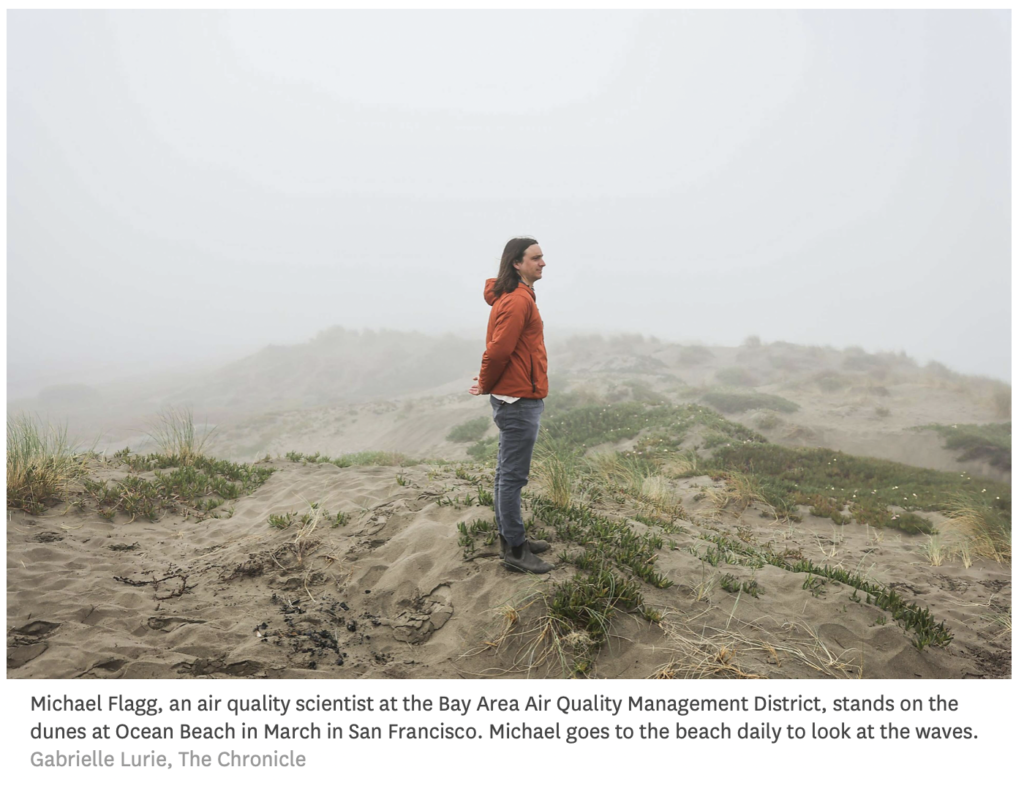with Michael Flagg of the Bay Area Air Quality Management District
Wednesday, October 12, 2022 – 7:30-8:30 pm – TLHS Innovation Hub, San Rafael
Join Michael Flagg and learn about his career path in air quality monitoring including about his current job at the Bay Area Air Quality Management District (BAAQMD). You will also learn how air quality is measured in the Bay Area, how you can access those data, and what that data means. Join us and learn!

Michael received a bachelor’s degree in Environmental Engineering at California Polytechnic State University, San Luis Obispo. He currently works as a principal air quality specialist at the Bay Area Air Quality Management District (BAAQMD) in the Ambient Air Quality Analysis Office Section. Prior to joining BAAQMD last fall, Michael worked at the U.S Environmental Protection Agency’s Region 9 Air Quality Analysis Office for the past 10 years, where he served as a national expert on air monitoring, quality assurance & quality control, implementation of the exceptional events rule, and ambient air quality data analysis supporting federal policy decisions and regulatory actions.

Links:


